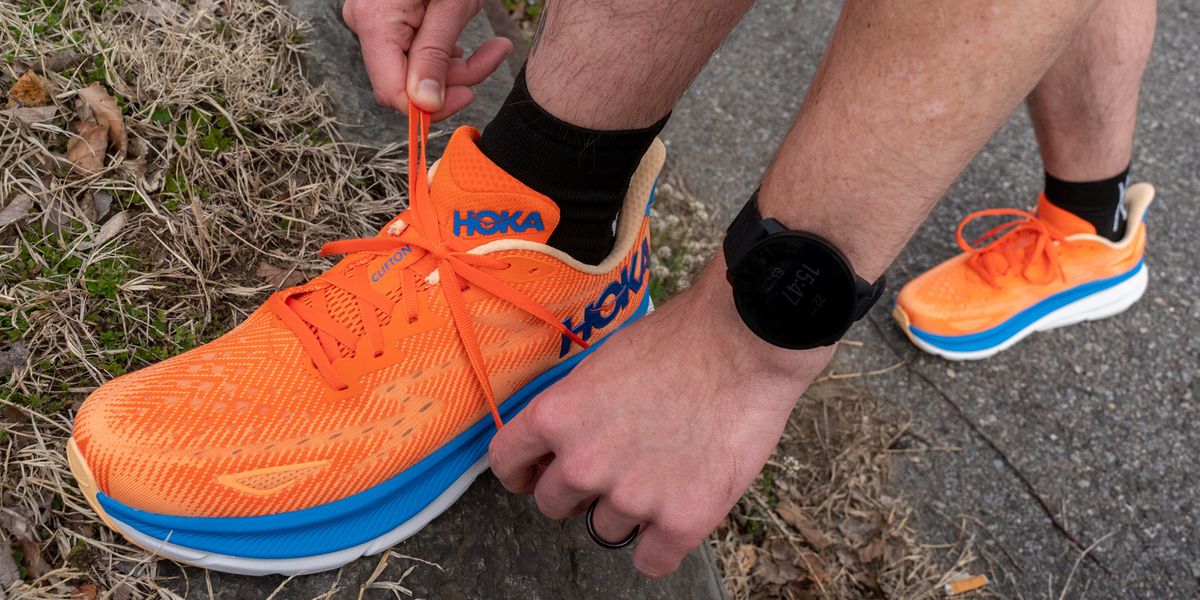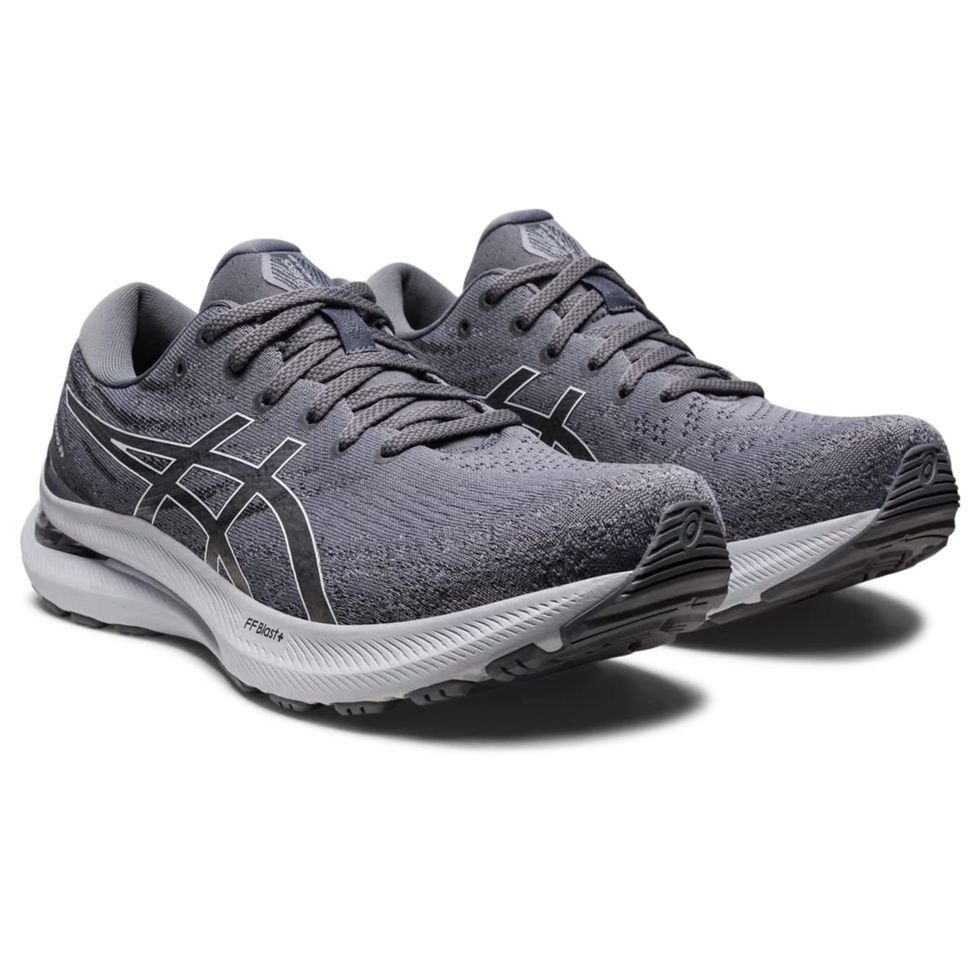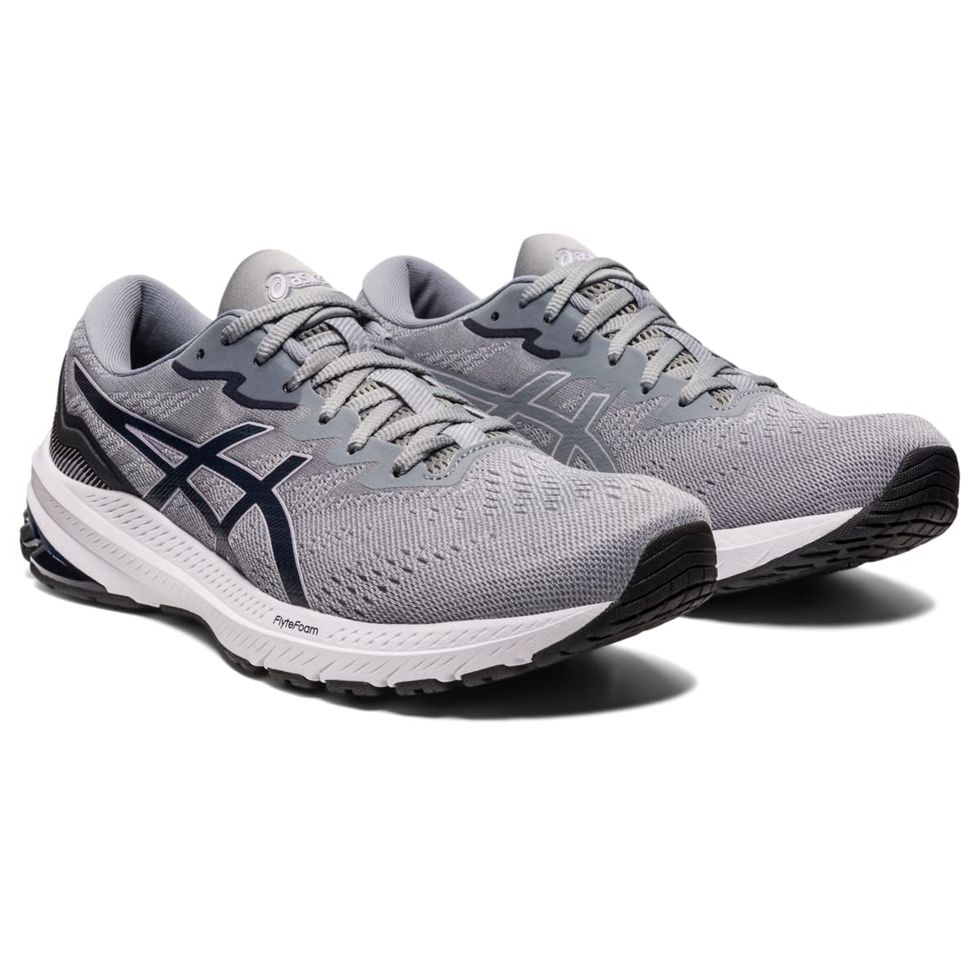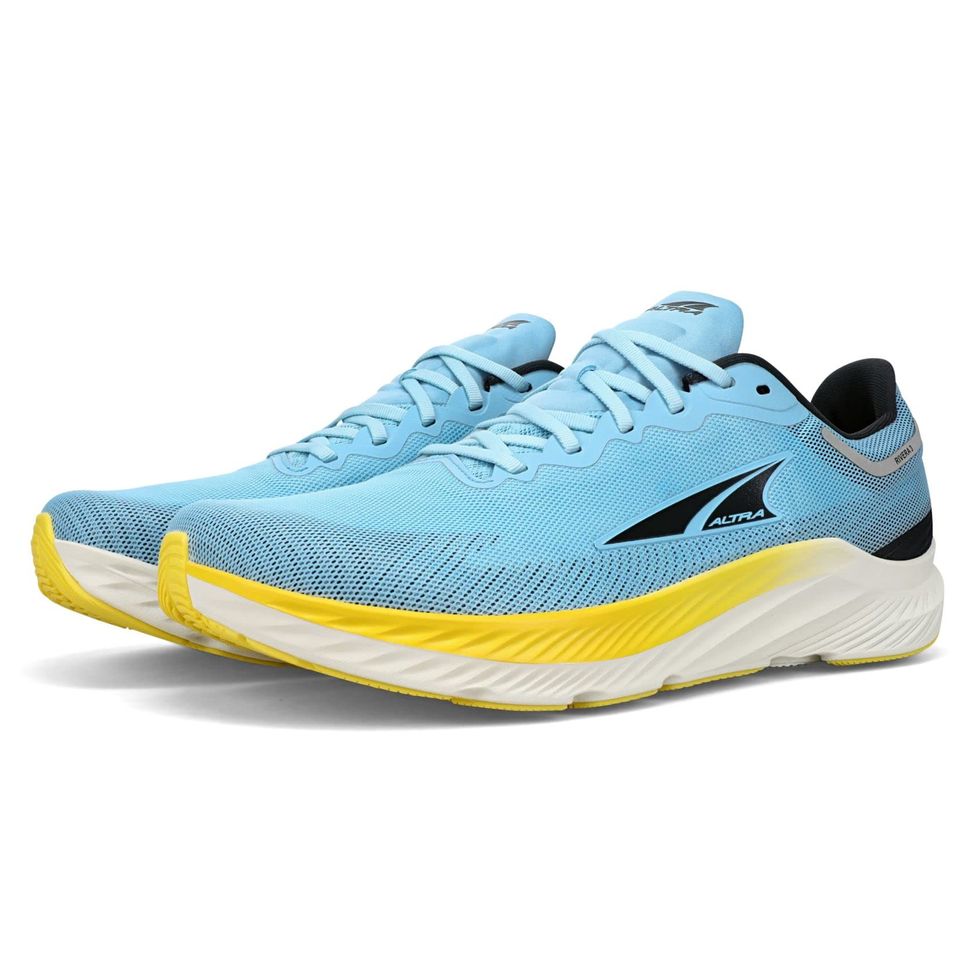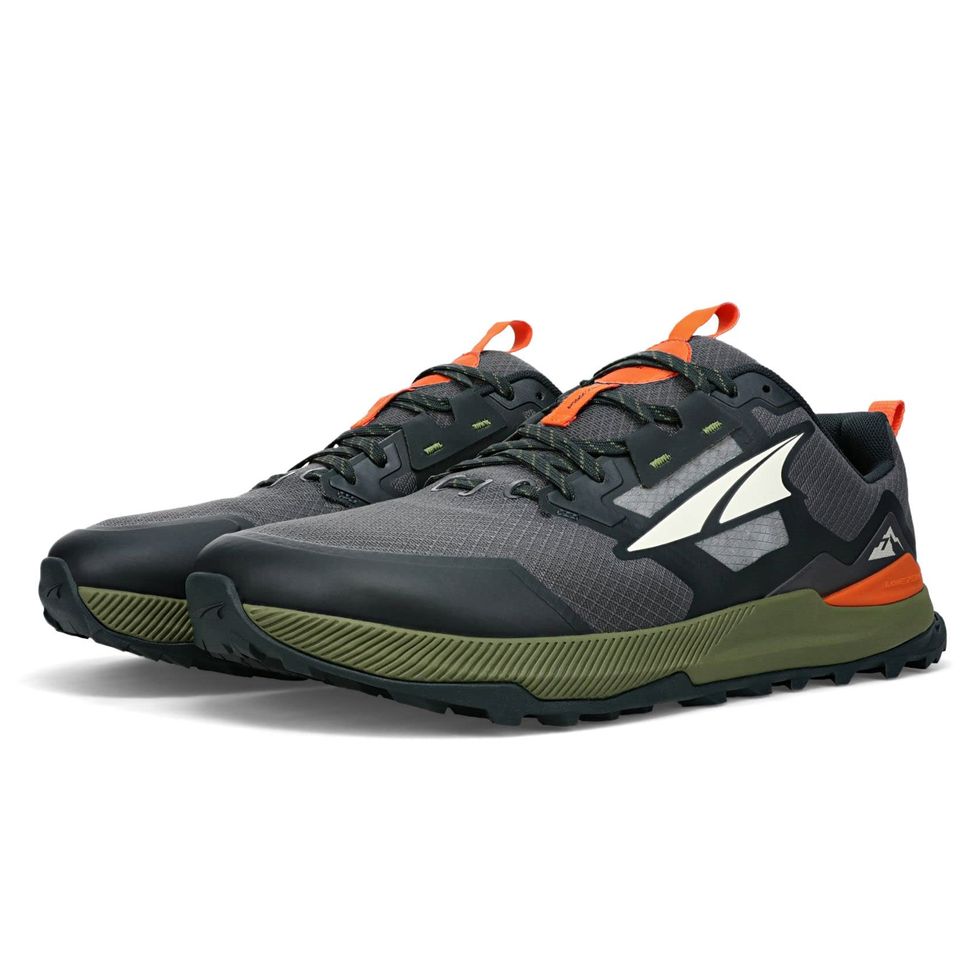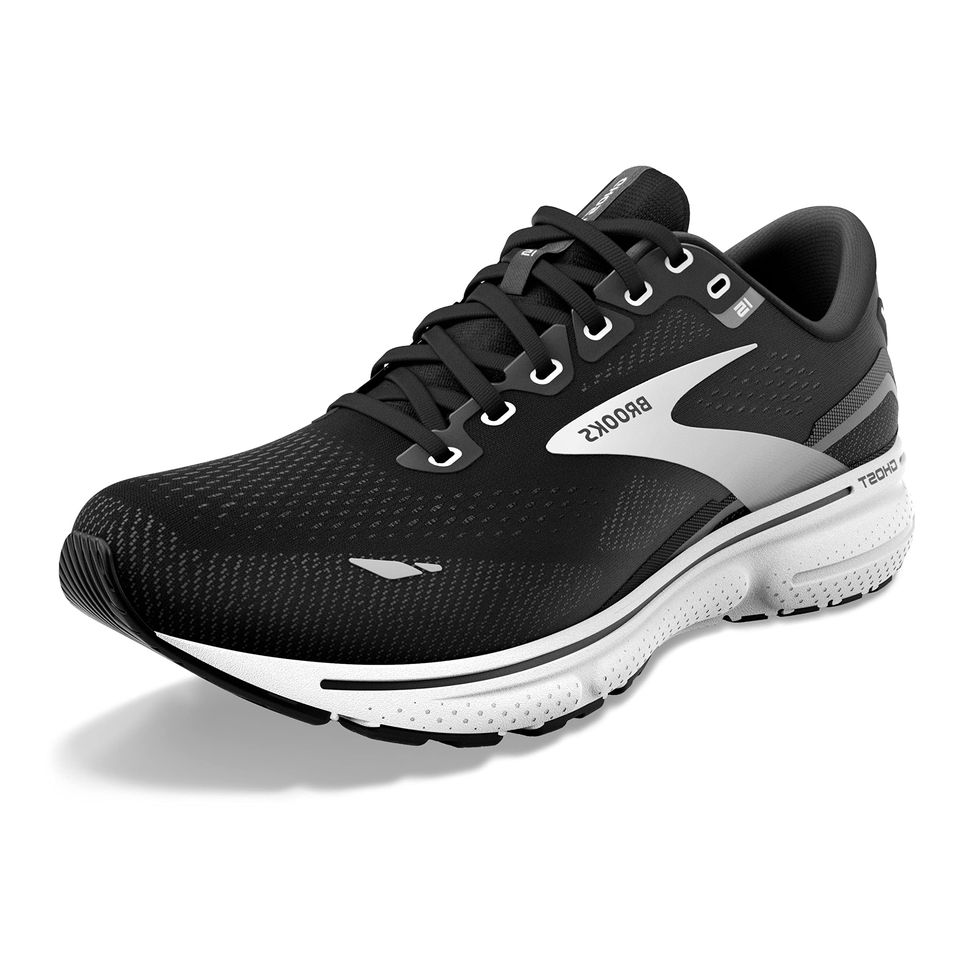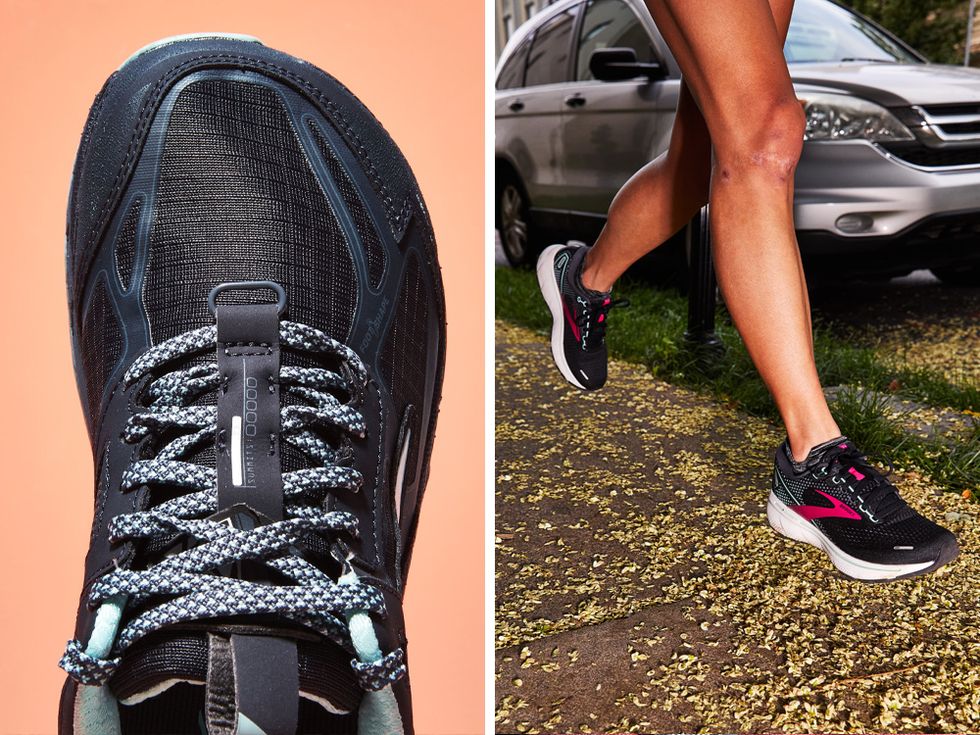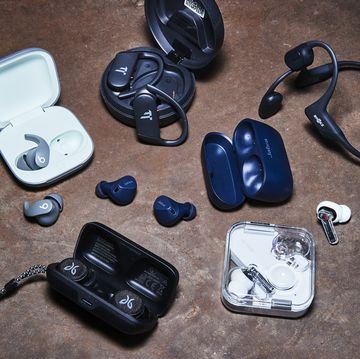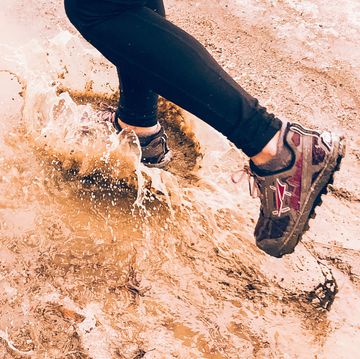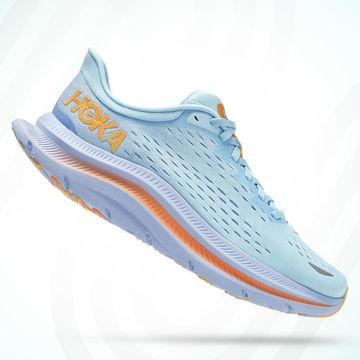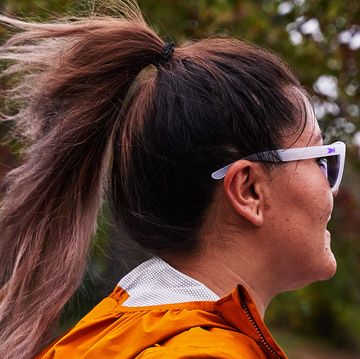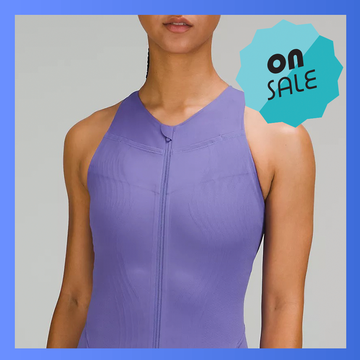We earn a commission for products purchased through some links in this article. Why Trust Us?
The Best Wide Toebox Running Shoes For Every Foot Shape
Give your toes a break with these roomy picks for wide feet.
If you have wide feet, it can be hard to find high performance running shoes that fit right. Not to point fingers, but brands that rhyme with “Mikey” and “Bandidas” have made a lot of pointy shoes with narrow fits, without wider options for those of us who need more room in the toebox. They may look fashionable, but that won’t help you run faster or train harder.
Thankfully, more running shoes feature wider designs nowadays, and manufacturers like Altra and Topo Athletic make shoes that match the curves of a foot, rather than a triangle. That’s good for your toes, which tend to be healthiest when they can splay out laterally and evenly distribute weight across your foot, according to the American Academy of Orthopaedic Surgeons.
You’ll also avoid pressure points, hot spots, and bunions when you wear shoes that fit right. If you’re looking for a new pair of running shoes in wide sizes, we can point you to the best wide toebox running shoes for training, trails, and more.
More From The Best Brands For Wide Feet: Best Asics Running Shoes ● Best Hoka Running Shoes ● Best Brooks Running Shoes
Best Wide Toebox Running Shoes
The Expert: I’m a casual runner who likes a reasonably wide and stable shoe after years of training and racing in lightweight trainers and spikes. Having previously worked in a running store and as test manager for Runner’s World, I’ve watched the industry catch up with the shape of real people’s feet.
I’ll never forget being fat-feet shamed by a set of Adidas Bostons I really wanted back in college, and that was before my arches collapsed. While I run in a standard width most of the time, I still find the sides of my feet blowing out of many of the shoes I try on for the first time.
How to Know if You Need a Wide Toebox
If you’re experiencing shoe discomfort while running, you should go get your foot measured at your local running store. There’s a good chance you’re wearing a shoe that’s too small—particularly if, like most of us, you haven’t been fitted in the past 10 years.
Ari Perez, an Operating Partner at Fleet Feet, says roughly 75-percent of the runners who come into his downtown Austin store with foot pain could benefit from a longer or wider size. His store fits customers using a 3D mapping system to get metrics on foot length and width, instep height, arch height, and ball-of-foot girth. In the end, 20- to 30-percent of its total sales are in wide sizes.
Not all cramp-footed runners need an overall wide-sized shoe, though. Sometimes the problems stem from the length of the shoe, or width and depth of the toebox alone. There are a few brands proven to work better for those of us who prefer a broader forefoot, like Altra and Topo Athletic.
How to Shop for Wide Shoes
The terminology for wide shoes is different for men and women. In women’s shoes, “B” is the standard width, while standard men’s shoes are “D” width. That means an “A” would be narrow for women and a “B” would be narrow for men. For women, wide sizes start at “D” and go up to “E” and “2E.” For men, an “2E” is considered wide and a “4E” is extra wide.
A shoe that fits properly should be immediately comfortable when you step in and lace it up. If you can find the shoe in person, check it by removing the sockliner and stepping on it to make sure no part of your foot is spilling over the side. Then, put the sockliner back in and lace up the shoe so the tongue is snug against the top of your foot, but not uncomfortable or constricting.
Slide a finger between the knot and the tongue to check if it’s too tight. Finally, stand up and check for a thumbnail’s worth of distance between your longest toe and the front end of the toebox. If you’ve got all that and nothing more than a subtle pressure from the laces on the sides of your feet—which you can verify by walking or running around for a few minutes—then you may have found your next shoe.
How We Selected The Best Wide Running Shoes
To curate this list of flat- and wide-foot-friendly shoes, I pulled from my experience testing shoes as an editor at Runner’s World, and the experiences of wear testers, including RW staffers and RW+ members in the community. A diverse group of testers told us these shoes had wide, accommodating toeboxes in their standard sizes, and most of the shoes are available in wide sizes as well.
We also looked for feedback on the shoe’s overall fit and comfort to ensure testers weren’t sloshing around in flimsy uppers. Most people’s ideal fit is some version of a heel that stays comfortably locked in place, a supportive midfoot that still allows the foot to expand, and a roomy forefoot that allows the toes to splay. These shoes satisfied those requirements for a majority of people who tried them.

A former Division 1 runner, Dan grew up riding fixies and mountain bikes and now reviews everything from performance running shoes to road and cross bikes, to the latest tech for runners and cyclists at Bicycling and Runner’s World.
Watch Next
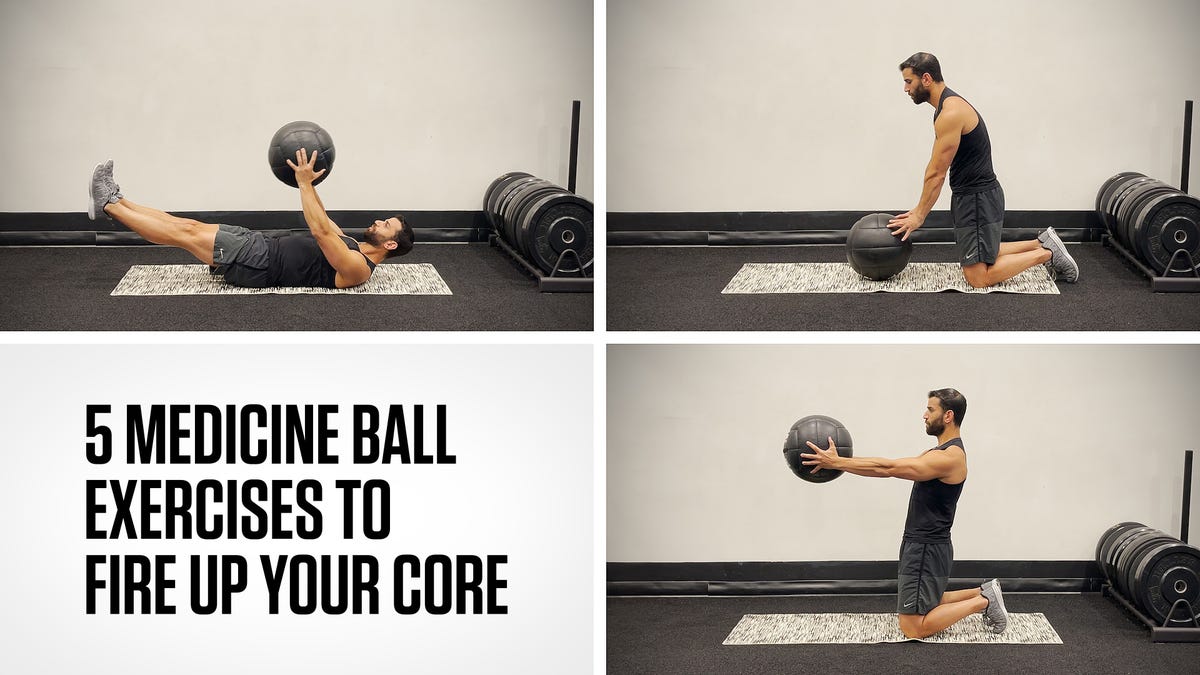
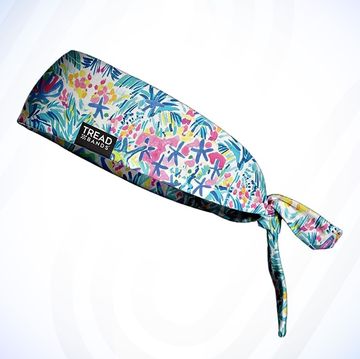
The Best Headbands for Runners
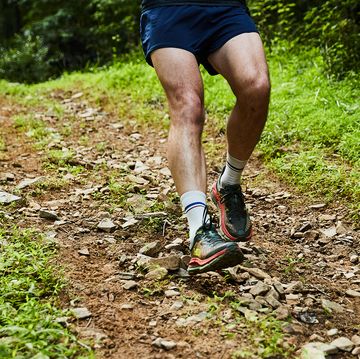
The Best Running Shoes for Men

The 10 Best Running Shoes for Women
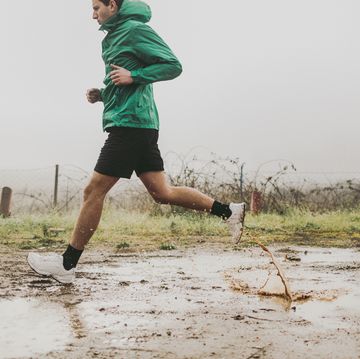
The Best Rainy Weather Gear for Soggy Runs
